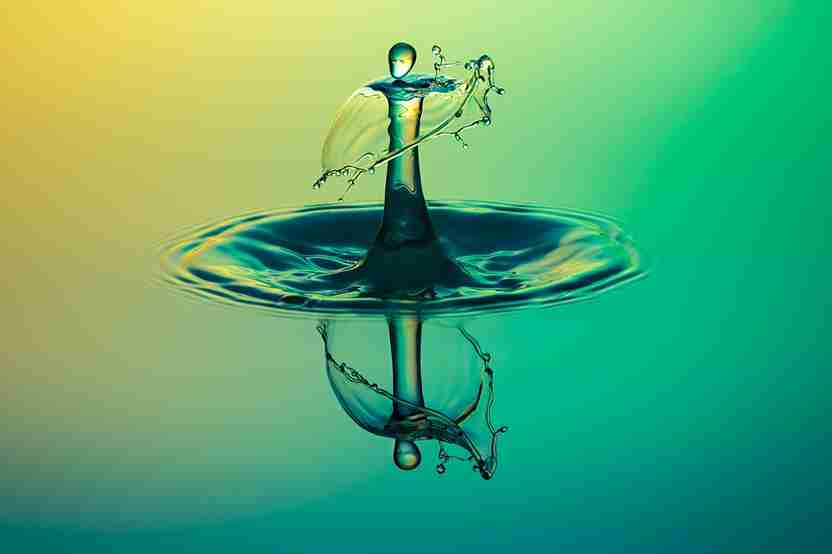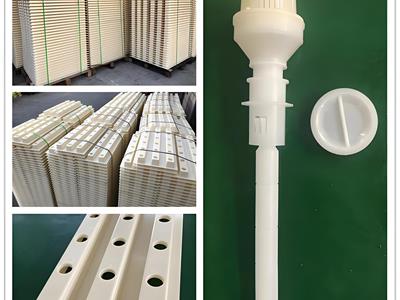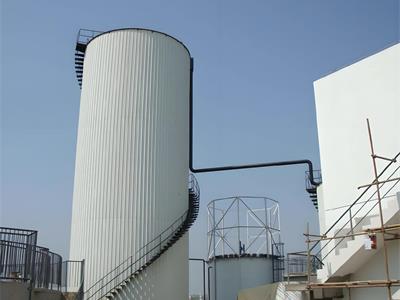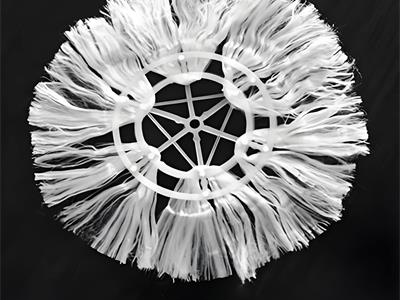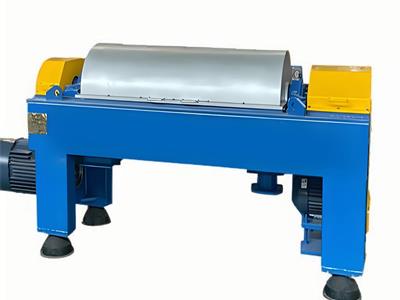- 2025-07-09
Adsorption
Adsorption
Adsorption is the phenomenon of enrichment of solutes (adsorbates) at solid/liquid interfaces, with its core characteristics being:
Physical adsorption: Van der Waals forces, desorption activation energy < 40 kJ/mol
Chemical adsorption: Formation of chemical bonds, desorption activation energy > 80 kJ/mol
Mechanism of Action
Thermodynamic properties
Physical adsorption is reversible (desorption rate > 95% at 25°C)
Chemical adsorption is often irreversible (requires thermal regeneration at >150°C)
■ Adsorbent material system
Material Type Specific Surface Area (m²/g) Typical Application
Water treatment applications
Activated Carbon (GAC) 900-1400 VOC removal (Benzene adsorption capacity 120 mg/g)
Zeolite Molecular Sieve 400-800 Ammonia nitrogen adsorption (Exchange capacity 2.2 meq/g)
Resin Adsorbent 500-1200 Heavy metal capture (Cu²⁺ capacity 3.2 mmol/g)
■ Engineering control parameters
Adsorption isotherm: Freundlich model (1/n=0.3-0.7)
Empty bed contact time (EBCT): 10-20 minutes
Breakthrough point definition: Outlet concentration ≥ 5% of inlet average concentration
Technical Advantages and Limitations
Advantages
Deep removal of PPb-level trace pollutants
Modular design (activated carbon filter tank replacement cycle of 6-24 months)
Limitations
High energy consumption for chemical adsorbent regeneration (>3kWh/m³)
Competitive adsorption effect (capacity decay of 30-50% in multi-component systems)

